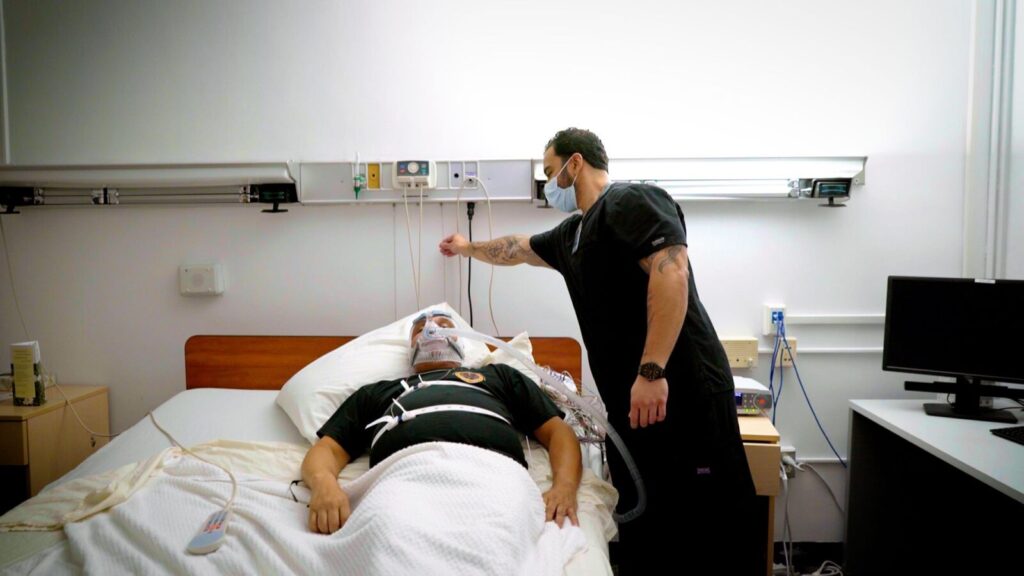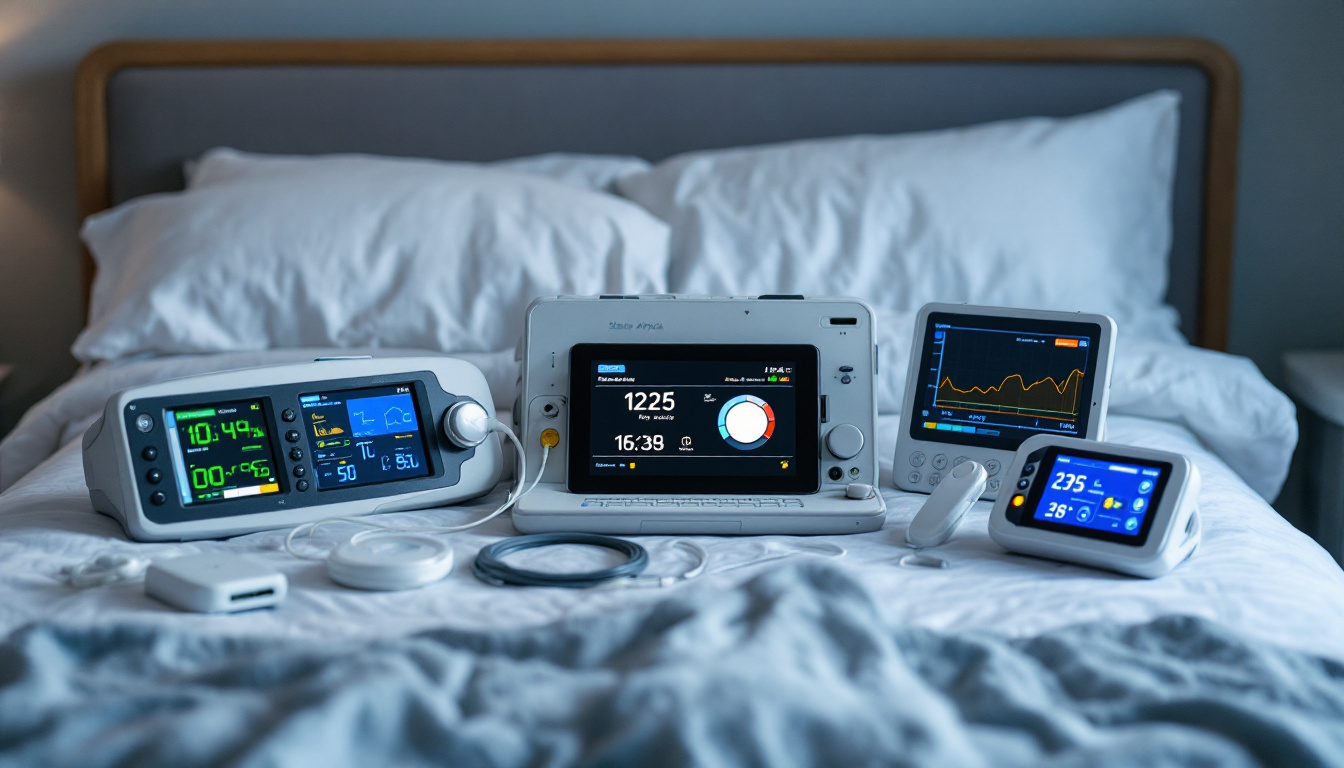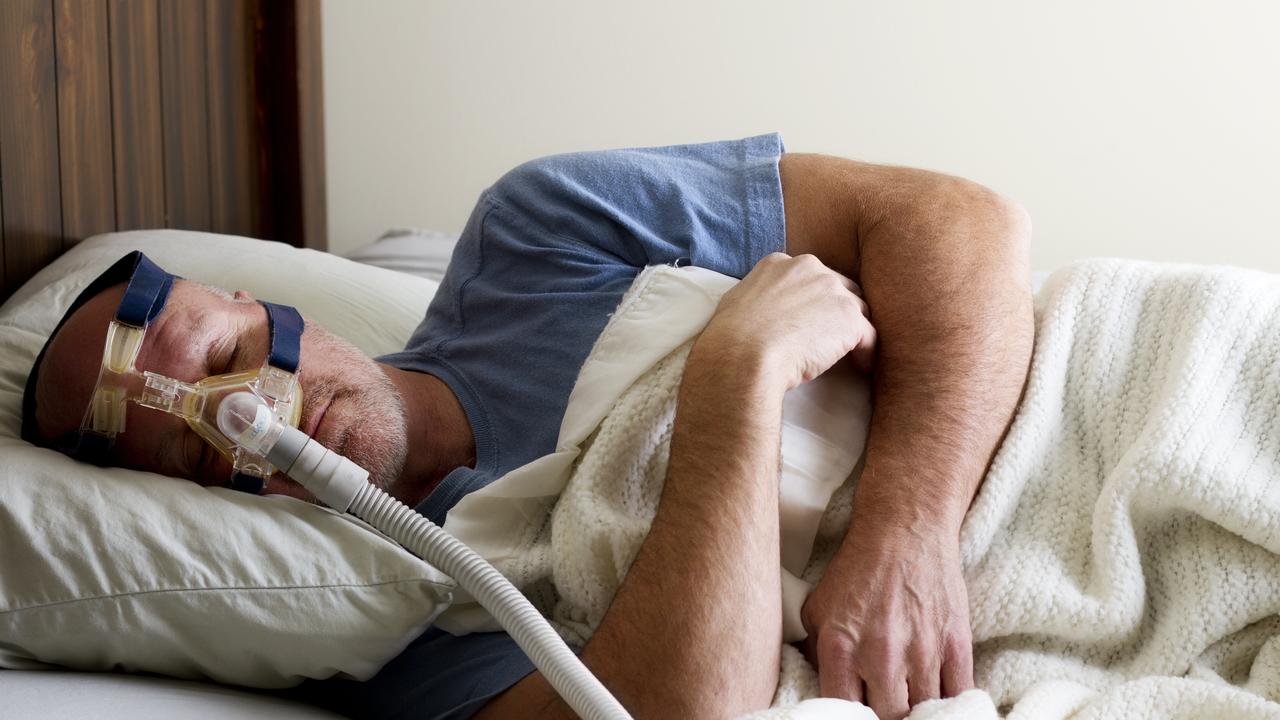Sleep apnea is a common yet serious sleep disorder that affects countless individuals, leading to disrupted sleep and various health complications. For those residing in Hobart, understanding where to obtain a sleep apnea test is crucial for diagnosis and treatment. This article provides a comprehensive guide to the options available for sleep apnea testing in the region.
Understanding Sleep Apnea
Before delving into the testing options, it is essential to understand what sleep apnea is. This condition is characterised by repeated interruptions in breathing during sleep, which can lead to poor sleep quality and a host of other health issues, including cardiovascular problems, daytime fatigue, and impaired cognitive function.
Sleep apnea test Hobart is a significant health concern that requires proper diagnosis and treatment. For residents of Hobart, there are numerous options available for obtaining a sleep apnea test, ranging from specialised sleep clinics to consultations with general practitioners and sleep specialists.
There are several types of sleep apnea, with obstructive sleep apnea (OSA) being the most prevalent. OSA occurs when the muscles in the throat relax excessively during sleep, blocking the airway. Central sleep apnea, on the other hand, is less common and occurs when the brain fails to send proper signals to the muscles that control breathing.
In addition to these primary types, there is also a condition known as complex sleep apnea syndrome, which is a combination of both obstructive and central sleep apnea. This can complicate diagnosis and treatment, as it may require a multifaceted approach to manage effectively. Individuals suffering from sleep apnea often experience a range of symptoms beyond just snoring or gasping for air, including morning headaches, irritability, and difficulty concentrating, which can significantly impact their quality of life and relationships.
Furthermore, the risk factors associated with sleep apnea can vary widely. Obesity is a significant contributor, as excess weight can lead to increased fatty deposits around the neck, which may obstruct the airway. Other risk factors include age, gender, and anatomical features such as a thick neck, enlarged tonsils, or a recessed chin. Understanding these factors is crucial for both prevention and effective management of the condition, as lifestyle changes, such as weight loss and positional therapy, can often lead to substantial improvements in symptoms.

Signs and Symptoms of Sleep Apnea
Identifying the signs and symptoms of sleep apnea is the first step towards seeking help. Common indicators include loud snoring, gasping or choking during sleep, excessive daytime sleepiness, difficulty concentrating, and irritability. If you or a loved one experiences these symptoms, it may be time to consider a sleep apnea test.
Self-Assessment Tools
Before pursuing a formal test, individuals can utilise self-assessment tools available online. These questionnaires can help gauge the likelihood of sleep apnea based on symptoms and lifestyle factors. While these tools are not definitive, they can serve as a preliminary step in recognising the need for professional evaluation. Learn more about symptoms on https://www.mayoclinic.org/symptom-checker/select-symptom/itt-20009075
Where to Get a Sleep Apnea Test in Hobart
Hobart offers various options for obtaining a sleep apnea test, ranging from specialised sleep clinics to general practitioners. Each option has its advantages, and understanding these can help individuals make informed decisions about their health.
Sleep Clinics
Specialised sleep clinics are often the best choice for comprehensive sleep assessments. These facilities are equipped with the latest technology and staffed by professionals who specialise in sleep disorders. In Hobart, several clinics offer sleep studies, both in-lab and at-home testing options.
In-lab testing typically involves an overnight stay at the clinic, where sleep patterns are monitored using advanced equipment. This method provides detailed insights into sleep stages, breathing patterns, and oxygen levels. Alternatively, home sleep tests allow patients to conduct assessments in the comfort of their own homes, using portable monitoring devices.
General Practitioners
Many individuals start their journey towards a sleep apnea diagnosis by consulting their general practitioner (GP). GPs can evaluate symptoms, conduct initial assessments, and refer patients to sleep specialists or clinics for further testing. This route is often more accessible and can be a good first step for those unsure about their symptoms.
During the consultation, the GP may ask about medical history, lifestyle factors, and any observed symptoms. Based on this information, they can recommend appropriate next steps, which may include a sleep study.
Respiratory and Sleep Specialists
For those seeking a more specialised approach, consulting a respiratory or sleep specialist can provide targeted expertise. These professionals focus specifically on sleep disorders and can offer tailored assessments and treatment plans.
In Hobart, several specialists are available, and they often work closely with sleep clinics to ensure comprehensive care. Referrals from a GP may be required, but direct consultations can also be arranged for those who prefer to seek specialised help immediately.
Types of Sleep Apnea Tests
Understanding the types of sleep apnea tests available can help individuals choose the right option for their needs. The two primary testing methods are polysomnography (PSG) and home sleep apnoea testing (HSAT).

Polysomnography (PSG)
Polysomnography is the gold standard for diagnosing sleep apnea. This comprehensive test records various physiological parameters during sleep, including brain activity, eye movements, heart rate, breathing patterns, and oxygen levels. The data collected allows sleep specialists to identify the severity and type of sleep apnea accurately. To read more about brain click here.
PSG is typically conducted in a sleep clinic, where patients are monitored overnight. While some may find the idea of sleeping in a clinic daunting, the benefits of obtaining a thorough diagnosis far outweigh any temporary discomfort.
Home Sleep Apnoea Testing (HSAT)
Home sleep apnoea testing has gained popularity due to its convenience and comfort. This method involves using a portable device that monitors breathing patterns, heart rate, and oxygen levels while the patient sleeps at home. HSAT is particularly suitable for individuals with a high likelihood of obstructive sleep apnea and those who prefer to avoid an overnight stay in a clinic.
While HSAT can provide valuable insights, it may not capture the full range of data that a PSG offers. Therefore, it is essential to consult with a healthcare professional to determine the most appropriate testing method based on individual circumstances.
Preparing for a Sleep Apnea Test
Preparation for a sleep apnea test can vary depending on the type of test being conducted. For in-lab testing, patients may be advised to avoid caffeine and alcohol on the day of the test, as these substances can interfere with sleep quality. It is also essential to bring any necessary personal items, such as medications or comfortable sleepwear.
For home sleep tests, instructions will be provided on how to set up and use the monitoring device. Patients should ensure they understand how to operate the equipment and follow any guidelines regarding sleep position and environment.
What to Expect After the Test
After completing a sleep apnea test, patients will typically receive a follow-up appointment to discuss the results. Sleep specialists will review the data collected during the test and provide a diagnosis, if applicable. Depending on the findings, treatment options may include lifestyle changes, continuous positive airway pressure (CPAP) therapy, or other interventions.
Understanding Treatment Options
Treatment for sleep apnea is highly individualised and depends on the severity of the condition. For mild cases, lifestyle modifications such as weight loss, exercise, and positional therapy may be sufficient. In more severe cases, CPAP therapy is often recommended, which involves wearing a mask connected to a machine that delivers a continuous flow of air to keep the airway open during sleep.
Other treatment options may include oral appliances, surgery, or positional therapy. It is crucial for patients to work closely with their healthcare providers to determine the most suitable approach for their specific needs.
Conclusion
Understanding the signs and symptoms of sleep apnea, as well as the testing methods and treatment options, can empower individuals to take control of their health. Seeking help is the first step towards achieving better sleep and overall well-being. If you suspect you may have sleep apnea, don’t hesitate to reach out to a healthcare professional to discuss your concerns and explore testing options available in Hobart.
Read more at: Home Sleep Study in Hobart A Modern Approach to Sleep Testing

Leave a Reply